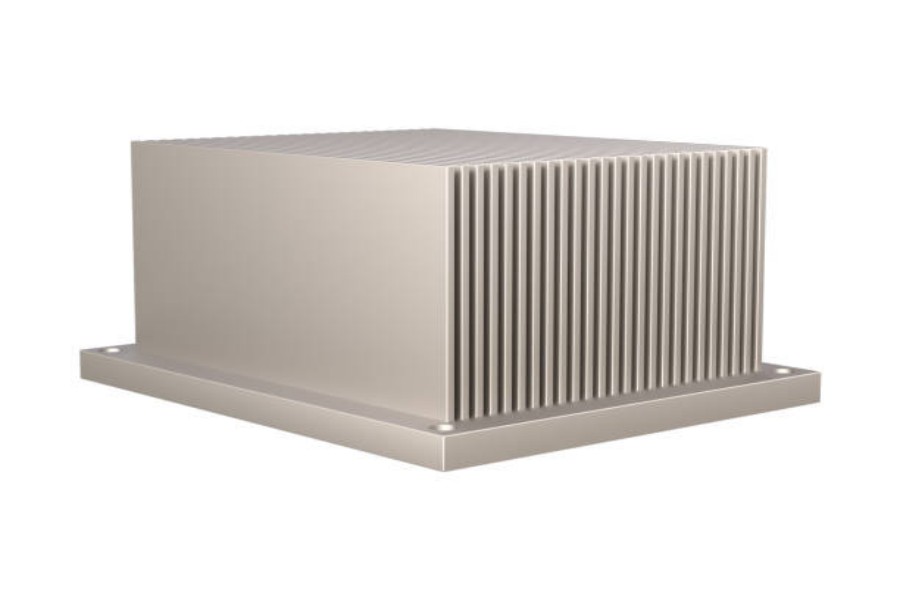Introduction
If you work with LEDs, then you probably know that proper heat management is crucial for both the lifespan and performance of these lighting devices. One of the key components for effective heat dissipation is the LED heatsink housing. In this article, we will discuss everything you need to know about LED heatsink housing, from its functions to types, materials, and considerations when selecting one.
What is an LED Heatsink Housing?
An LED heatsink housing is a component that helps dissipate the heat generated by the LED light source. It consists of a heat-conductive material that absorbs and transfers the heat, and a structure that provides a large surface area for the heat to radiate or convect away into the environment. The housing also protects the LED from physical damage, electrical interference, and environmental factors such as moisture, dust, and heat.
Functions of LED Heatsink Housing
The main functions of an LED heatsink housing are:
- Heat dissipation: As mentioned, the housing absorbs and transfers the heat generated by the LED to the environment to prevent overheating, which can lead to reduced output, color shift, and even premature failure.
- Physical protection: The housing shields the LED from impact, vibration, and other mechanical stress that can damage or break the LED or its connections.
- Electrical isolation: The housing can also provide electrical insulation between the LED and the circuit board or other components, to avoid short-circuits or electrostatic discharge.
- Environmental protection: The housing can resist or repel moisture, dust, and other contaminants that can impair the performance or reliability of the LED.
Types of LED Heatsink Housing
There are several types of LED heatsink housing, depending on their shape, size, and application. Here are some common types:
- Flat plate: This type of housing is a simple flat surface that attaches to the LED and provides a low-profile heat sink. It can be made of aluminum, copper, or other metals that have high thermal conductivity. Flat plate heatsinks are suitable for small LEDs that emit low to medium heat, such as panel lights, downlights, and track lights.
- Tubular: A tubular heatsink is a cylindrical structure that wraps around the LED and provides a large surface area for heat dissipation. It can be made of extruded aluminum, die-cast aluminum, or other materials that have good thermal conductivity and mechanical strength. Tubular heatsinks are suitable for medium to high-power LEDs that require high-efficiency cooling, such as high bay lights, floodlights, and streetlights.
- Finned: A finned heatsink is a tubular or plate structure with an extended surface area that consists of thin fins or ridges. The fins increase the heat transfer coefficient by enlarging the contact area between the housing and the environment, and by promoting natural convection or forced air flow. Finned heatsinks are suitable for high-power LEDs that emit high heat flux, such as industrial lights, grow lights, and automotive lights.
Materials for LED Heatsink Housing
The choice of material for an LED heatsink housing depends on the thermal, mechanical, and environmental requirements of the application. Here are some common materials:
- Aluminum: Aluminum is a widely-used material for LED heatsinks due to its high thermal conductivity, low cost, and good formability. It can be extruded, die-cast, or machined to various shapes and sizes. Aluminum also has good corrosion resistance and can be anodized or coated for better durability and aesthetics.
- Copper: Copper is a superior material for LED heatsinks due to its much higher thermal conductivity than aluminum. Copper can provide faster heat transfer and lower thermal resistance, which can improve the performance and reliability of high-power LEDs. Copper, however, is heavier, more expensive, and less formable than aluminum, which limits its use in some applications.
- Ceramics: Ceramics are a class of materials that have low thermal conductivity but high thermal expansion and insulation properties. Ceramic heatsinks are suitable for high-temperature LEDs that require stable thermal performance and resistance to thermal shock and mechanical stress. Ceramic heatsinks are also electrically insulating and corrosion-resistant.
- Plastics: Plastics are a lightweight, low-cost material that can provide good thermal conductivity and electrical insulation for low-power LEDs. Plastic heatsinks can be injection-molded or extruded to various shapes and colors, but may not withstand high temperatures or harsh environments.
Considerations for Selecting LED Heatsink Housing
When selecting an LED heatsink housing, here are some factors to consider:
- Thermal resistance: The lower the thermal resistance, the better the heat dissipation and the longer the LED lifespan. It's important to choose a housing that matches the heat output and thermal performance of the LED.
- Surface area: The larger the surface area, the better the heat transfer and the more effective the cooling. It's important to choose a housing that has enough surface area to cope with the heat flux and airflow of the LED.
- Form factor: The form factor of the housing should match the form factor and orientation of the LED and the luminaire. It's important to choose a housing that fits well and allows easy assembly and maintenance.
- Material and durability: The material and finish of the housing should match the environmental conditions and aesthetics of the application. It's important to choose a housing that can withstand corrosion, moisture, vibration, and impact, and that looks good and professional.
- Budget and availability: The cost and availability of the housing should match the budget and schedule of the project. It's important to choose a housing that balances the price, quality, and lead time, and that comes from a reliable supplier.
Conclusion
LED heatsink housing is a critical component for the thermal, mechanical, and electrical performance of LEDs. Choosing the right housing can promote the reliability, efficiency, and lifespan of the LED, and avoid premature failure and safety hazards. By understanding the functions, types, materials, and considerations of LED heatsink housing, you can make an informed decision and improve your LED lighting experience.

